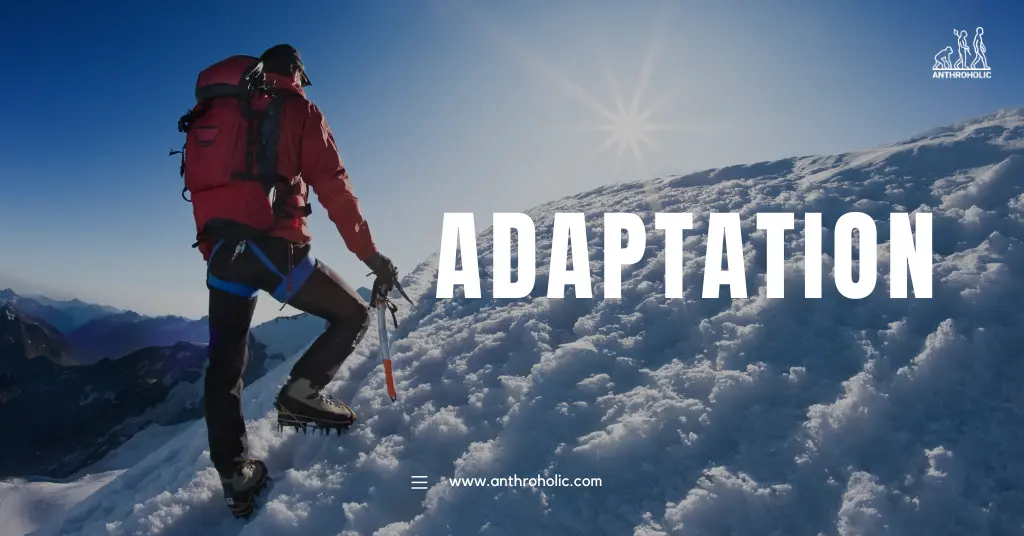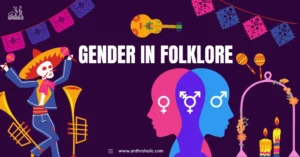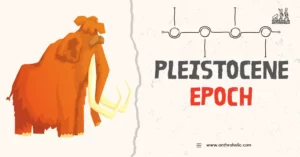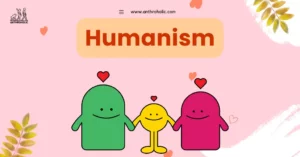AI Answer Evaluation Platform Live Now. Try Free Answer Evaluation Now
Adaptation
Adaptation is a core concept in anthropology and biology, reflecting how organisms and societies change over time to better fit their environments. This process occurs through three main pathways: physiological adaptation, genetic adaptation, and behavioral or cultural adaptation. Understanding these pathways provides critical insights into human evolution, culture, and survival [1].

Physiological Adaptation
Definition and Meaning
Physiological adaptation refers to the short-term changes in an organism’s physical or biochemical functions to respond to environmental changes [2]. These changes can be reversible and often occur within a single organism’s lifetime.
Types
- Acclimatization: Temporary adjustments to environmental conditions, like increased breathing rate at high altitudes.
- Developmental Adjustment: Changes in an organism’s development that are influenced by the environment, such as thickened skin to combat cold weather [3].
Table 1: Examples of Physiological Adaptation
| Type | Example | Explanation |
|---|---|---|
| Acclimatization | Increased breathing at high altitudes | Adjusts to oxygen scarcity |
| Developmental Adjustment | Thickened skin in cold climates | Provides additional insulation against cold |
Genetic Adaptation
Definition and Meaning
Genetic adaptation occurs over generations through changes in the genetic makeup of a population. It involves alterations in allele frequencies in response to environmental pressures, leading to traits that provide survival advantages [4].
Types
- Natural Selection: The process where advantageous traits become more common in a population over generations.
- Mutation: Random changes in genetic material that can introduce new genetic variations [5].
Table 2: Examples of Genetic Adaptation
| Type | Example | Explanation |
|---|---|---|
| Natural Selection | Darwin’s finches’ beak size | Beak size adapted to available food sources |
| Mutation | Sickle cell allele | Provides resistance to malaria in carriers |
Behavioural or Cultural Adaptation
Definition and Meaning
Behavioural or cultural adaptation involves changes in the behaviors, beliefs, values, and social structures of human societies. Unlike physiological or genetic adaptations, these changes are often learned rather than inherited.
Types
- Technological Innovation: The development of new technologies to solve environmental challenges.
- Social Organization: Changes in social structures to enhance cooperation and resource sharing.
Table 3: Examples of Behavioural or Cultural Adaptation
| Type | Example | Explanation |
|---|---|---|
| Technological Innovation | Development of irrigation | Enhances agricultural productivity in dry areas |
| Social Organization | Tribal cooperation | Enables efficient resource distribution |
In-Depth Exploration
The following sections delve further into the various types of adaptation, offering additional insights and implications for the understanding of human and non-human life.
Physiological Adaptation: A Closer Look
Importance in Survival
Physiological adaptations are essential for an organism’s immediate survival and can occur within minutes or hours. They represent a versatile and dynamic response that enables organisms to thrive in diverse environments.
Human Examples
Human physiological adaptations include the ability to sweat to regulate body temperature and the dilation or constriction of blood vessels in response to temperature changes.
Genetic Adaptation: The Long-Term View
Evolutionary Significance
Genetic adaptation is a gradual process that reflects the long-term evolutionary changes within a species. The result is a population better suited to its environment and more likely to reproduce successfully.
Ethical Considerations
Understanding genetic adaptation raises essential ethical questions, particularly in the context of human genetics. This includes debates surrounding genetic modification and “designer babies”.
Behavioural or Cultural Adaptation: The Human Niche
Cultural Transmission
Unlike other forms of adaptation, cultural adaptations can be transmitted horizontally across generations and even between different societies. This includes the spread of language, art, religion, and technological innovations.
Adaptive Strategies in Society
Societies employ various adaptive strategies to enhance survival and success. This includes the development of legal systems, education, and governance structures, reflecting a complex interplay between culture and adaptation.
Table 4: Examples of Adaptive Strategies in Society
| Type | Example | Explanation |
|---|---|---|
| Legal System | Establishment of property rights | Facilitates trade and economic development |
| Education | Implementation of public education | Enhances societal knowledge and skills base |
| Governance | Formation of democratic institutions | Encourages participation and cooperation |
Comparative Analysis
Understanding the different types of adaptation offers a more comprehensive view of life’s complexity and versatility. A comparison of these adaptation forms reveals distinct patterns and timelines of change, yet also underscores the interconnectedness of physiological, genetic, and cultural factors.
Conclusion
Adaptation is a multifaceted and complex phenomenon that occurs at various levels and scales. It plays a pivotal role in the survival and evolution of life on Earth, reflecting a delicate balance between stability and change. The study of adaptation is not just an academic pursuit but a crucial understanding that has significant implications for conservation, health, social policy, and the broader human condition.
References
[1] Smith, J. M. (2010). Adaptation and Natural Selection. Princeton University Press.
[2] Schmidt-Nielsen, K. (1997). Animal Physiology: Adaptation and Environment. Cambridge University Press.
[3] Piersma, T., & van Gils, J. (2011). The Flexible Phenotype. Oxford University Press.
[4] Futuyma, D. J. (2013). Evolution. Sinauer Associates.
[5] Crow, J. F., & Kimura, M. (1970). An Introduction to Population Genetics Theory. Harper & Row.




